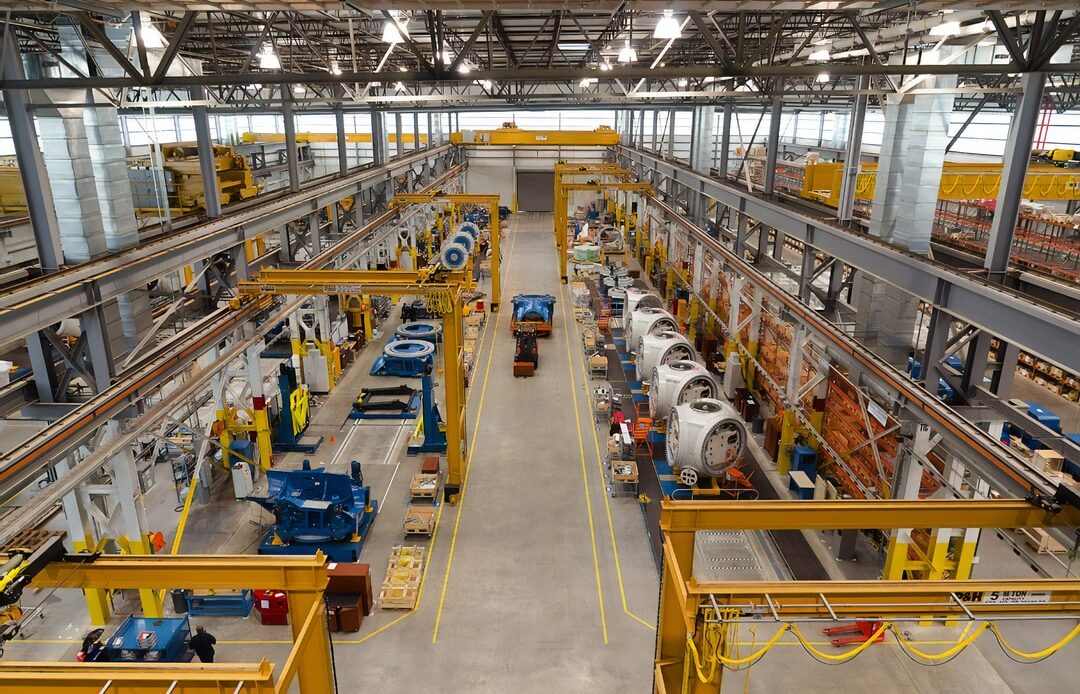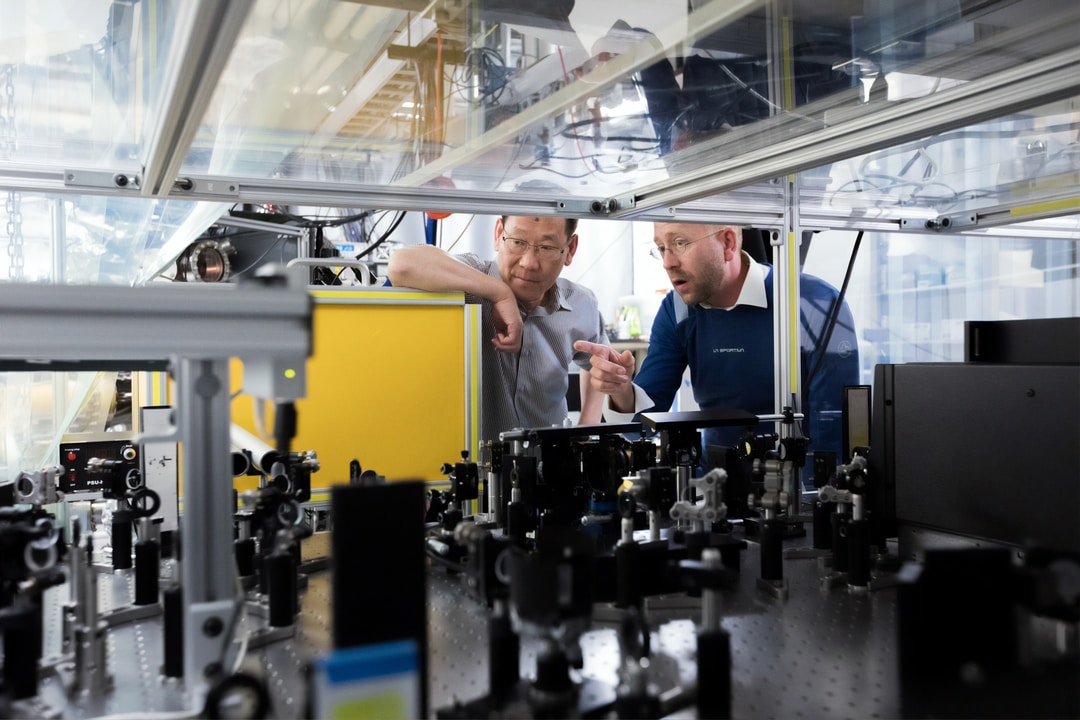
Digital factory technology is the future of industrial progress. Digitization is something to be celebrated in the manufacturing world, and industrial centers are championing the shift toward smart factory service options and new technology in the production process.
Those new to the Industry 4.0 changes in manufacturing and industrial technology might be wondering, “What is a digital factory?” This innovative approach to accountability in the workplace offers manufacturing leadership teams a digital twin that can track changes in machinery and tools in real time and allow for mid-stream adjustments to the production process as a result.
Digital factory infrastructure is commonplace these days, and it’s made possible by the ongoing prevalence of the Industrial Internet of Things (IIoT). Industrial IoT and the digital factory go hand in hand as innovative new ways to approach workplace development and continuous productive capacity.
The IIoT revolution in manufacturing
The Industrial Internet of Things is an offshoot of the Internet of Things (IoT) infrastructure. Built as a means of linking household consumer products for greater peace of mind, comfort, and household efficiency, the Internet of Things has blossomed in the workplace and at industrial sites in particular.
With an array of sensors and feedback nodes, manufacturing equipment on the factory floor now utilizes machine learning, artificial intelligence, and many other data analytics frameworks to provide consistent feedback to operators in order to maintain productive efficiency and a safe and secure workplace for employees.
The digital factory is the natural progression of this approach to business. In a smart factory, sensors provide big data to analysts who can leverage the constant flow of information in order to build a serviceable digital twin that’s capable of mirroring the real-life factory in the digital sphere.
This allows operators to monitor the progress and maintenance schedules of each piece of equipment used in the fabrication or movement of everything that your factory produces on a daily or even minute-by-minute basis. The digital factory, as a new technology powered by IIoT interoperability, is here to stay, and it’s reimagining the ways in which work is done.
The digital factory and environmental sustainability
In addition to operational efficiency, the digital factory is also instrumental in maintaining environmental sustainability compliance. Managing the commitment that businesses have made in relation to the environment that we all share can be hard work. This is especially true in the manufacturing sector where work involves the exposure of chemicals, metals, and many other elements to the outside environment.
Fabricating high-tech equipment has always involved these laborious and environmentally intensive processes, and the same is often true for even the most benign household consumer items.
Yet businesses are finding themselves engaged in environmental protection as a result of lagging governmental policy that mandates consumer and corporate action to protect the world that we live in together. A digital factory is the perfect plugin when it comes to monitoring environmental impact and the pursuit of a net-zero industrial facility.
Clean energy and efficiency in the production process can be tracked and gamed out with the help of a digital factory model. Once the model is created, tweaking output, process, and much more in the rendering can give leaders in the facility the tools they need to make overhauls to the processes that will dramatically reduce the environmental impact of the company as a whole.
With a digital twin, perfecting these changes is cheap, fast, and highly effective, whereas past iterations of these types of decisions would take many rounds of expensive and long-winded trial and error testing. The digital factory is the future of manufacturing and work itself.


